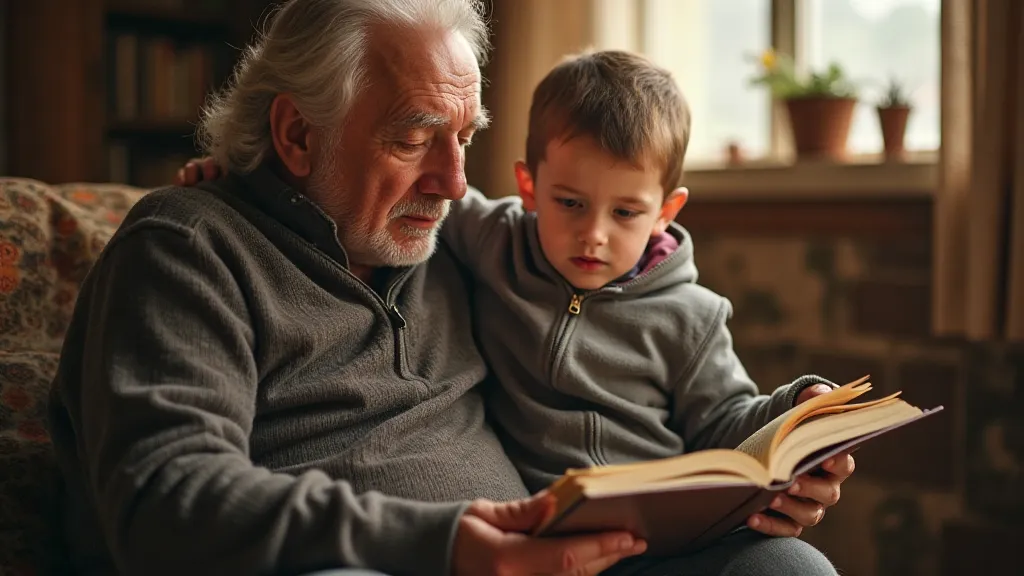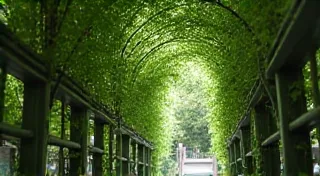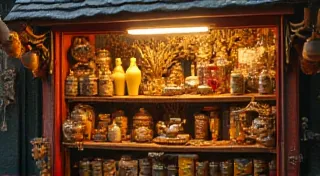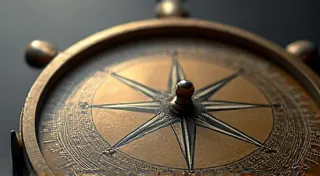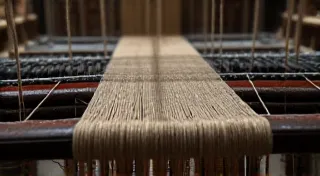Dialect as Armor: Linguistic Identity and the Defense of Local Heritage
There's a peculiar beauty in things worn, things loved into a state of quiet resilience. Think of an antique accordion – its bellows creased with the echoes of countless waltzes, its keys worn smooth by the hands of generations. The grain of the wood, the patina on the brass, each imperfection tells a story, a whispered history of laughter, longing, and community. And just as that accordion embodies a tangible connection to the past, so too does a dialect – a localized form of language – serve as a vital shield, a linguistic armor protecting a community’s identity and heritage.
For many, the notion of ‘standard’ language carries a subtle weight, a suggestion of superiority. It’s the language heard on national broadcasts, the language taught in schools, the language deemed “correct.” But the silencing of local dialects isn't simply about grammar or pronunciation; it’s about silencing a community's story, erasing their unique perspective on the world. To lose a dialect is to lose a piece of a culture’s soul.
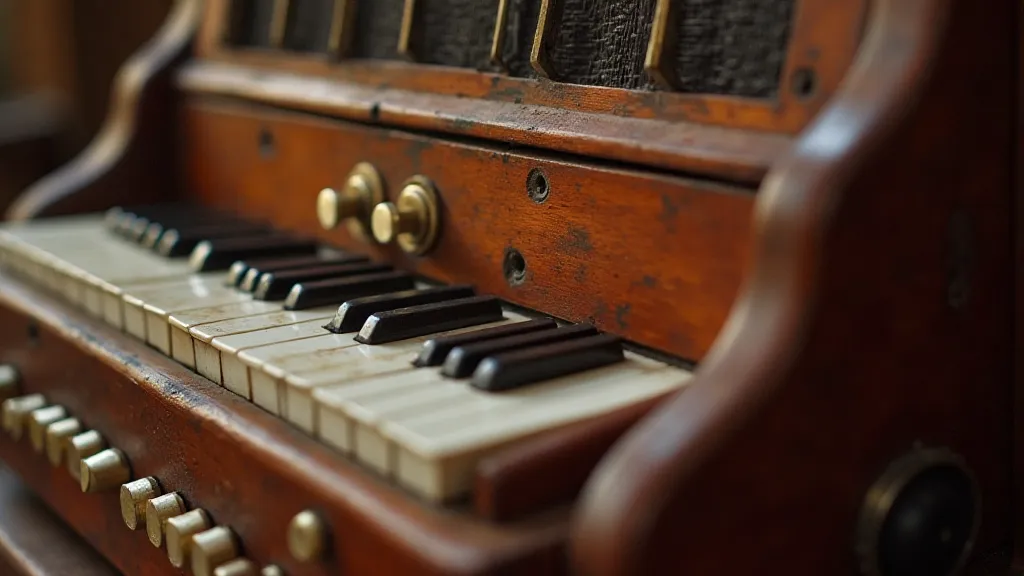
The Weight of History: Dialect and Displacement
Historically, the suppression of dialects hasn’t been accidental. Consider the forced assimilation policies applied to indigenous populations and immigrant communities across the globe. Children were often punished for speaking their native tongues or regional variations in school, effectively stripping them of their linguistic heritage. This wasn’s a matter of simply correcting grammar; it was an active attempt to erase cultural difference, to mold individuals into a standardized, homogenous mold. Think of the Irish, for example, actively discouraged from speaking Gaelic in favor of English. Or the vast displacement of Appalachian communities, where the distinct mountain dialect became a marker of difference, often met with derision and economic marginalization.
My own grandfather, a carpenter from rural West Virginia, rarely spoke of his childhood. But when he did, the language that surfaced wasn't quite the “standard” English I was accustomed to. It was a tapestry woven with Appalachian idioms, a lexicon shaped by the rugged landscape and the tight-knit community he grew up in. He’s since passed, but I still recall his stories, punctuated by phrases like "reckon" and "fixin’ to," terms that felt intrinsically linked to his identity and his connection to the land. He didn’t see his dialect as something to be ashamed of, but it was a constant reminder of his perceived ‘otherness’ in a wider, more mobile society.
Craftsmanship and Connection: The Poetry of Local Language
The beauty of a dialect isn’t solely about its historical significance; it’s about the artistry embedded within it. Just as a skilled carpenter carefully selects wood and joins pieces with precision, a dialect evolves through centuries of shared experiences, shaping and refining its nuances. The vocabulary reflects the local environment, the rhythms mirror the regional cadence. Consider the unique terminology found in fishing communities, where every type of net and current has a specific name, passed down through generations. Or the distinct phrasing used in farming regions, imbued with the wisdom of the seasons.
Restoring an antique accordion is a process of honoring that craftsmanship. It’s about understanding the original materials, appreciating the meticulous assembly, and preserving the character that makes it unique. You can't simply modernize it; you have to respect its history. Similarly, safeguarding a dialect requires more than just academic study; it demands a cultural commitment, a conscious effort to keep it alive. It requires sharing stories, celebrating traditions, and ensuring that younger generations are exposed to and value their linguistic heritage.
I once spoke with a retired clockmaker who spent decades repairing intricate timepieces. He told me that each clock held not just a mechanical history, but a human one. The slight imperfections – a tiny scratch on the face, a slight wobble in the pendulum – were evidence of the hands that had worked on it, the lives it had witnessed. The same principle applies to dialect. The quirky phrasing, the unique pronunciation – these aren't errors; they's fingerprints of a community’s shared history.
Resilience in the Face of Standardization
The pressures of globalization and mass media undeniably pose a threat to dialect diversity. The relentless march of standardized language can lead to code-switching—the practice of alternating between dialects or languages in different social contexts – where individuals feel compelled to adapt their speech to avoid judgment or discrimination. Yet, a remarkable resilience persists. Across the world, communities are actively working to revitalize and celebrate their dialects, recognizing that their linguistic identity is inextricably linked to their cultural pride.
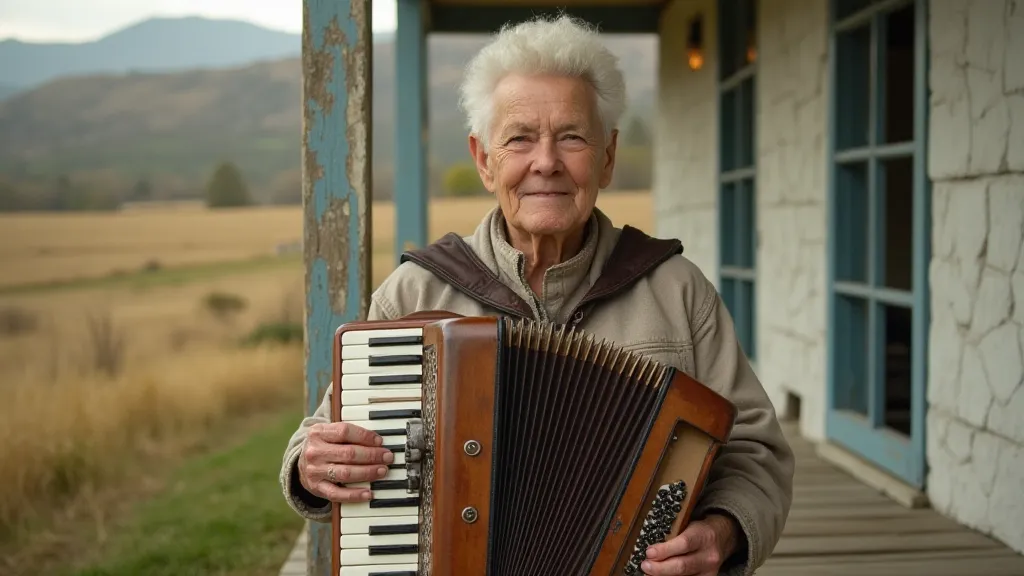
Online platforms and community initiatives have become invaluable tools in this effort. Local historians record oral histories, linguists document variations in pronunciation and grammar, and community members create online forums to share stories and preserve terminology. These digital spaces offer a refuge for those who feel marginalized or misunderstood, providing a platform for celebrating the richness and complexity of local language.
The Future of Linguistic Heritage
The preservation of regional dialects isn't simply about nostalgia; it’s about safeguarding a vital part of our collective human heritage. It’s about recognizing that diversity isn't a weakness, but a strength. Just as the unique tone of an antique accordion adds richness and depth to a melody, so too does the diversity of language enrich our world. The effort to preserve these dialects isn’t merely a linguistic exercise; it’s a profound act of cultural defense, a testament to the enduring power of local identity.
Think about what would be lost if every clockmaker used the same pre-fabricated components, if every accordion sounded exactly the same. The world would be a far less interesting place. The same holds true for language. Let us celebrate the tapestry of voices that make up our world, ensuring that the echoes of local dialects continue to resonate for generations to come.
